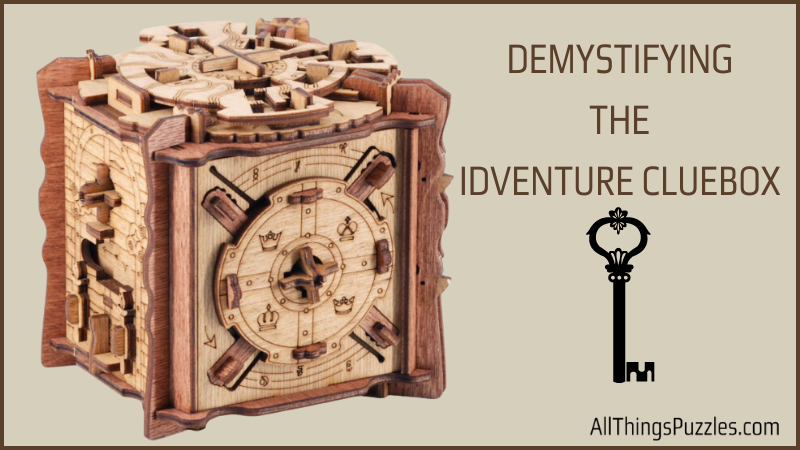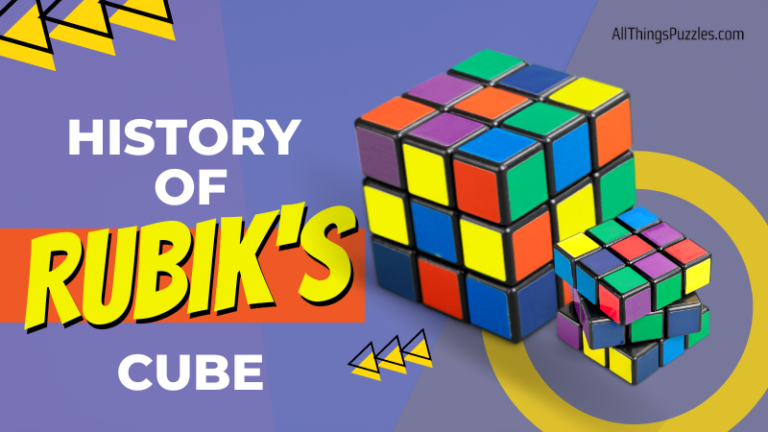In a world where screens dominate our entertainment, there’s something incredibly satisfying about stepping away from the digital realm and engaging with a tangible challenge. Enter 3D puzzles – a delightful fusion of brain-teasing complexity and hands-on craftsmanship. These intricate puzzles are not only a fantastic way to unwind and stimulate the mind but also a captivating form of art that can be proudly displayed. In this article, we’ll embark on a journey through the captivating world of three dimensional puzzles, exploring their history, benefits, different types, and the sheer joy they bring to people of all ages.
Unveiling the Origins
The roots of 3D puzzles can be traced back to traditional jigsaw puzzles, which have been captivating minds for centuries. However, it was in the late 20th century that the concept of 3D puzzles truly took off. The advent of advanced manufacturing techniques allowed for the creation of interlocking plastic pieces that, when assembled, formed three dimensional structures. The earliest 3D puzzles featured famous landmarks, setting the stage for the intricate designs that would follow.
The Basics of 3D Puzzles
At its core, a 3D puzzle is a captivating blend of engineering, artistry, and cognitive challenge. Unlike traditional puzzles that form a puzzle on a flat surface, 3D puzzles come to life in three dimensions, allowing you to recreate intricate structures, iconic landmarks, and even functional mechanical marvels.
3D puzzles are designed to replicate real-life structures, from world-famous buildings to vehicles and intricate models. Crafted with precision, the individual pieces interlock seamlessly to create a sturdy and visually stunning final product. These structures can range from iconic landmarks like the Statue of Liberty to architectural wonders such as medieval castles or modern skyscrapers.
Beyond static structures, 3D puzzles can also encompass intricate mechanical models. These puzzles allow you to construct working mechanisms, gears, and pulleys that bring your creation to life. Imagine assembling a model of a vintage typewriter with keys that depress or a locomotive with wheels that turn.
Assembling a 3D puzzle is a marriage of artistic expression and logical problem-solving. The process requires analyzing shapes, visualizing how pieces fit together, and considering the structural integrity of the final creation. This fusion of creativity and logic is what makes 3D puzzles a unique and satisfying challenge.
Once completed, a 3D puzzle is more than just a puzzle; it’s a work of art that you’ve meticulously crafted. Many enthusiasts choose to display their finished puzzle as a decorative item in their homes or offices. These intricate creations serve as conversation starters and reminders of the time and effort invested in their assembly.
Benefits Beyond Entertainment of 3D Puzzles
3D puzzles are a fun and engaging way to challenge the mind and improve cognitive skills. Engaging with 3D puzzles offers more than just a pastime; it presents an array of cognitive and emotional benefits. Here are some of the benefits of 3D puzzles:
Improves Spatial Reasoning
One of the main benefits of 3D puzzles is that they improve spatial reasoning skills. These skills are important for many activities, including driving, playing sports, and navigating through unfamiliar places. By assembling 3D puzzles, individuals can improve their ability to visualize and manipulate objects in three dimensions.
Enhances Problem-Solving Skills
3D puzzles require individuals to use problem-solving skills to figure out how the pieces fit together. This can help improve critical thinking and analytical skills, which are valuable in many areas of life, including work, school, and personal relationships.
Reduces Stress and Anxiety
Assembling 3D puzzles can be a relaxing and meditative activity that can help reduce stress and anxiety. Focusing on the task at hand can help individuals clear their minds and unwind after a long day.
Improves Fine Motor Skills
Many 3D puzzles require individuals to manipulate small pieces with their fingers, which can help improve fine motor skills. This can be especially beneficial for children who are still developing their motor skills.
The Joy of Creation
One of the most enchanting aspects of 3D puzzles is the transformation from a collection of flat pieces into a captivating three-dimensional masterpiece. The process demands patience and precision, turning a seemingly daunting challenge into a series of manageable steps. It’s a journey that encourages mindfulness, as every piece clicked into place brings a sense of achievement that’s deeply rewarding. The tactile experience of handling the pieces and constructing something tangible awakens creativity in a way that screens simply cannot replicate.
However, it’s important to note that 3D puzzles can be challenging and time-consuming to complete. Some of the more difficult puzzles can take several hours or even days to finish. Additionally, some 3D puzzles require puzzle glue or other materials to hold the pieces together, which can be messy and time-consuming.
Bringing People Together
3D puzzles transcend age barriers, making them an ideal activity for family and friends. Sitting down together to tackle a complex puzzle fosters teamwork, communication, and collaboration. It’s a wonderful opportunity to bond, share stories, and learn from one another’s strengths. The intergenerational appeal of 3D puzzles means that grandparents, parents, and children can all join forces, bringing generations together over a shared goal.
3D Puzzle Construction
3D puzzles are typically made from a variety of materials to ensure durability, ease of assembly, and visual appeal. The most common materials used for constructing 3D puzzles include:
- Plastic: Plastic is a prevalent material for 3D puzzles due to its versatility and ability to be molded into intricate shapes. The puzzle pieces are usually made from lightweight, non-toxic plastic that is safe for handling. Plastic 3D puzzles often feature snap-together pieces that interlock without the need for glue or other adhesives.
- Foam: Foam is another popular material choice, especially for larger and softer puzzle pieces. Foam provides a softer touch and is often used for puzzles designed for younger audiences. It’s gentle on the fingers and can withstand some bending without breaking, making it suitable for beginners.
- Cardboard: While traditional jigsaw puzzles are often made from cardboard, some 3D puzzles also incorporate cardboard elements. These might include puzzle bases, structural supports, or decorative elements. Cardboard provides stability and strength to the overall puzzle.
- Wood: In some cases, 3D puzzles are crafted from wood, giving them a unique and natural look. Wooden puzzles are made with a thin yet sturdy wood. Wooden puzzles often provide a tactile and rustic feel, making them a favorite among certain puzzle enthusiasts. Wooden puzzles may require more precision in assembly due to the stiffness of wood.
- Metal: For mechanical 3D puzzles that involve moving parts and intricate mechanisms, metal components are sometimes used. These can include gears, axles, and other metal pieces that add to the functionality of the puzzle.
- Additional Elements: Depending on the complexity of the puzzle, additional elements might be incorporated. These could include LED lights for illuminated puzzles, mirrors for optical illusions, or even sound modules for puzzles that create specific sounds when completed.
Types of 3D Puzzles
The world of 3D puzzles is as diverse as it is captivating. From historical landmarks and architectural marvels to intricate mechanical models, there’s a puzzle to suit every taste. Have a fascination for history? Build a miniature model of the Eiffel Tower or the Taj Mahal. Are you a mechanical enthusiast? Explore puzzles that replicate everything from working gear mechanisms to complex vehicles.
When it comes to 3D puzzles, there are several types available on the market. Here are some of the most popular types:
Interlocking 3D Puzzles
Interlocking 3D puzzles are the most common type of 3D puzzle. They are made up of several pieces that fit together to create a three-dimensional object. These puzzles come in a variety of shapes and sizes, from simple cubes to complex models of famous landmarks. Interlocking 3D puzzles are typically made of plastic or wood and are designed to be challenging but not too difficult.
Foldable 3D Puzzles
Foldable 3D puzzles are similar to interlocking puzzles, but they are made of paper or cardboard instead of plastic or wood. These puzzles are designed to be folded and assembled without the need for glue or other adhesives. Foldable 3D puzzles come in a wide range of designs, from animals to buildings to vehicles. They are often more affordable than other types of 3D puzzles and are a great option for kids or beginners.
Magnetic 3D Puzzles
Magnetic 3D puzzles are a newer type of 3D puzzle that use magnets to hold the pieces together. These puzzles are typically made of metal and come in a variety of shapes and sizes. Magnetic 3D puzzles are often more challenging than other types of puzzles, as the pieces can be difficult to manipulate. However, they are also very satisfying to complete and make great display pieces once finished.
How to Choose a 3D Puzzle
When it comes to choosing a 3D puzzle, there are a few things to consider. Here are some factors to keep in mind:
Age Appropriateness
The first thing to consider is the age appropriateness of the puzzle. Some 3D puzzles are designed for children, while others are better suited for adults. Make sure to check the age range listed on the packaging before purchasing a puzzle.
Difficulty Levels
The difficulty level of a 3D puzzle is another important factor to consider. Some puzzles are designed to be easy and can be completed in just a few hours, while others are much more challenging and can take days or even weeks to complete. If you’re new to 3D puzzles, it’s best to start with an easier puzzle and work your way up to more challenging ones. Also, be aware of piece counts. The more pieces a puzzle has the more difficult it can be.
Material Quality
The material quality of a 3D puzzle can also vary. Some puzzles are made from cheap materials that can easily break or warp, while others are made from high-quality materials that are more durable. Look for puzzles made from sturdy materials like wood or thick cardboard.
Popular 3D Puzzle Brands
3D puzzles have become increasingly popular in recent years, and with that popularity comes a wide variety of brands to choose from. Here are a few of the most popular 3D puzzle brands on the market:
Ravensburger

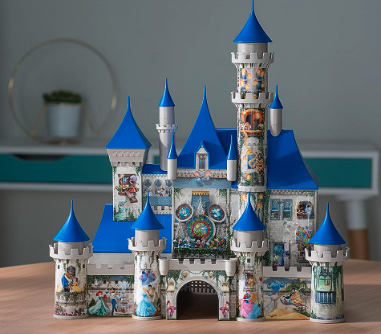
Ravensburger is a German company that has been producing puzzles since 1891. They offer a wide variety of 3D puzzles, including famous landmarks like the Eiffel Tower and the Empire State Building. Ravensburger’s 3D puzzles are known for their high-quality pieces and attention to detail.
Wrebbit 3D
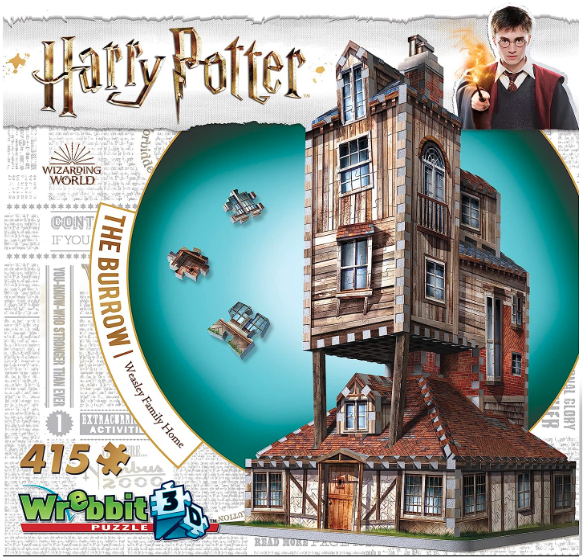

Wrebbit 3D is a Canadian company that specializes in 3D puzzles. They offer a wide variety of puzzles, including famous landmarks like the Taj Mahal and the Sydney Opera House. Wrebbit 3D puzzles are known for their high-quality foam pieces that fit together snugly without the need for glue.
CubicFun
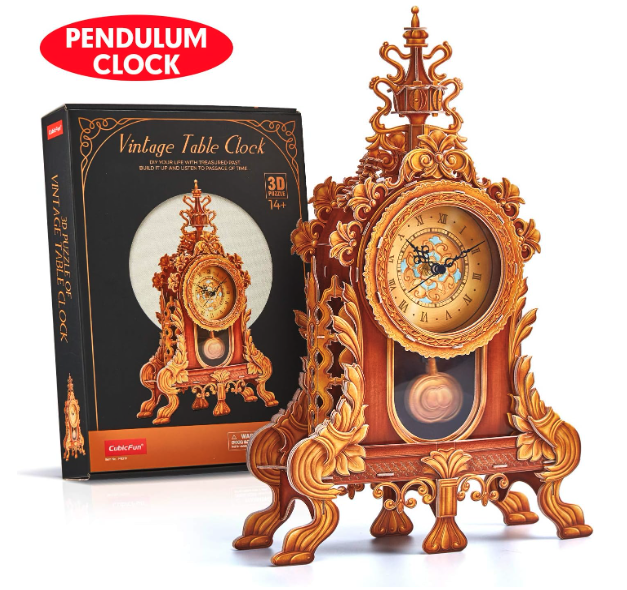
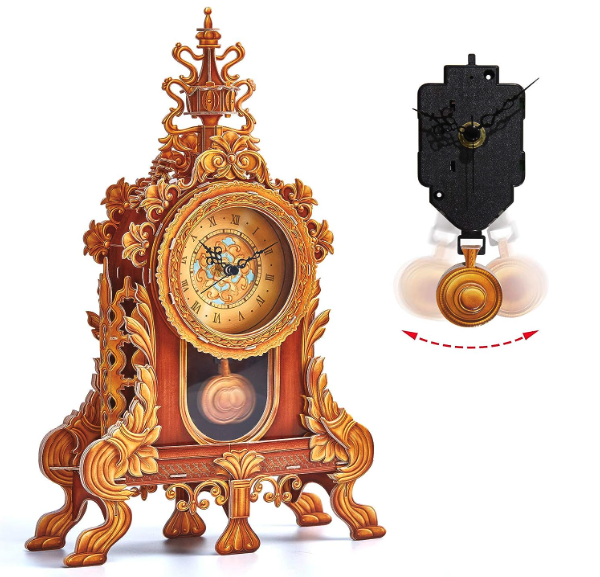
CubicFun is a Chinese company that produces a variety of 3D puzzles, including famous landmarks like the Notre Dame Cathedral and the Tower Bridge. CubicFun’s puzzles are known for their intricate designs and attention to detail.
These are just a few of the many 3D puzzle brands available on the market. Each brand has its own unique style and level of difficulty, so there’s something for everyone.
3D Puzzle Care and Maintenance
Taking care of your 3D puzzles is essential to ensure their longevity and prevent any damage. Here are some tips to help you maintain your 3D puzzles:
Handling
When handling your 3D puzzles, make sure to use clean hands and handle them gently. Avoid using excessive force when assembling or disassembling the pieces, as this can cause damage to the puzzle.
Cleaning
Cleaning your 3D puzzles regularly is important to keep them looking their best. To clean your puzzle, use a soft, dry cloth to gently wipe the surface of the pieces. Avoid using any liquids or harsh chemicals, as these can cause damage to the puzzle.
Storage
Proper storage is crucial to keep your 3D puzzles in good condition. Store your puzzles in a dry, cool place, away from direct sunlight and moisture. Avoid storing them in areas where there is a risk of them being knocked over or damaged.
Repairs
If your 3D puzzle becomes damaged, do not attempt to repair it yourself. Instead, contact the manufacturer or a professional repair service to have it fixed. Attempting to repair the puzzle yourself can cause further damage and may void the warranty.
Frequently Asked Questions
Are there any 3D puzzles based on Harry Potter?
Yes, there are several 3D puzzles based on the Harry Potter franchise, including Hogwarts Castle and the Hogwarts Express. These puzzles are popular among fans of the series and offer a fun and challenging way to recreate the magical world of Harry Potter.
Which is better: plastic or wood 3d puzzles?
The choice between plastic or wood puzzles ultimately depends on personal preference. Wooden puzzles offer a more traditional and challenging experience, while plastic puzzles are often easier to assemble and more affordable.
Are there any 3D puzzles featuring Disney?
Yes, there are several 3D puzzles featuring beloved Disney, including the Disney Castle by Ravensburger and the Disney Frozen 2 Castle by CubicFun. These puzzles offer a fun and whimsical way to bring Disney magic into your home.
Additional Reading
Wrap Up
In conclusion, 3D puzzles are a great way to challenge your mind and improve your spatial reasoning skills. They come in a variety of shapes, sizes, and difficulty levels, making them suitable for both children and adults. Three dimensional puzzles will add a completely new dimension and level of challenge for anyone who enjoys puzzling.
In a world where we’re constantly bombarded by digital stimuli, 3D puzzles offer a refreshing retreat into the realm of tactile creativity and intellectual stimulation. They encapsulate history, artistry, and engineering, all wrapped up in an engaging package that challenges, delights, and brings people together.
As you embark on your next 3D puzzle adventure, remember that the true magic lies not just in the finished structure but in the journey of patience, discovery, and accomplishment that it represents. So go ahead, unlock your imagination, and piece together the intricate world of 3D puzzles. Your mind and soul will thank you for it.



